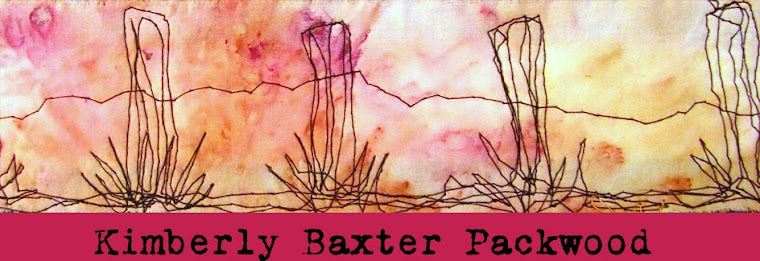Dye Materials Needed1 ounce Indigo extract or Indigo chunks
1 cup Soda Ash or Lye
(I HIGLY recommend using Soda Ash NOT Lye~!)2 Tablespoons Thiourea dioxide or Thiox
Water
Equipment needed:Respirator – you only get one set of lungs! Wear a respirator when handling dye powders, mordants, and dye assists~!
Gloves – wear heavy duty kitchen or dyeing gloves when handling the indigo ingredients (See safety Instructions Below)
Stock Pot 18 quarts or bigger, can be Stainless Steel or Enamel the indigo vat will react with aluminum so I don’t recommend using aluminum pots for creating the vat.
Scale for weighing dyes and chemicals – again studio dedicated!
Measuring spoons, measuring cups, wisk for stirring
Jar – wide mouth pint jar for making indigo paste
Spoon, studio dedicated, for stirring the vat
Tongs for retrieving your fabrics, fibers, etc.
Lingerie bag for small items you wish to find in the vat again the bag makes them easier to retrieve
Water for your vat, rinsing, and for oxidizing
Vinegar – helps to restore the pH balance of wool and silk fibers/fabrics
pH papers/strips for testing the pH of your vat.
Heat source
Clothesline for hanging fabrics onto to help fabric oxidize faster.
Natural Indigo Chemical Reduction Mini-Vat Instructions:1.
READ Safety Instructions before Beginning the Indigo Vat!
2. Fill your vat container with water you don’t need to heat the vat at this point. ALLOW TO SIT OVERNIGHT, doing this allows the oxygen to dissipate from the vat.
3. Place 1 ounce Natural Indigo powder (if you are working with hard chunk indigo it will have to be ground down first) into a suitable container.
4. Add just enough hot water until you get a paste – preferably lump free (I use a dedicated wide mouth pint jar for this solution.
5.
Add soda ash or lye to the vat water - NEVER add water to your soda ash or lye ALWAYS add the soda ash or lye to the water!!!
6. Slowly add the indigo paste to the vat solution
7. Stir to dissolve NOTE this may take quite a bit of stirring, heating the vat at this point also helps with dissolving the paste faster.
8. Next add thiox to the vat solution stir very little so as to avoid adding Oxygen to the vat.
9. DO NOT BOIL YOUR VAT as this will cause bubble formation and will introduce Oxygen into the vat.
10. REMOVE HEAT after 30 minutes
11. Cover vat and allow to sit until reduction is complete.
12. Reduction is complete when your vat turns a yellow to yellowish pea green color.
13. If your vat is still blue after 24 hours then you have too much Oxygen in your vat add thiox to the vat in small increments, a few grains of thiox at a time, to further reduce the vat.
14. If you reduce the vat too far then gently stir the vat with one or two swirls of the spoon and allow to sit for 30 minutes.
15. You will need to test the pH of the vat to see if the pH is correct
16. pH should be 10.0 – 11.5
· cottons 11.0-11.5
· wool and silk 10.5-11.0 preferably closer to 10.5
17. Adjust pH by adding small amounts, half teaspoon at a time, of soda ash to your vat, even is you created a lye vat do NOT add more lye to the vat at this point.
 I started this piece several years ago, click here, I'll have to search the archives to find the first post on this piece. I found it in a drawer last night and decided it needed finishing!
I started this piece several years ago, click here, I'll have to search the archives to find the first post on this piece. I found it in a drawer last night and decided it needed finishing!
































